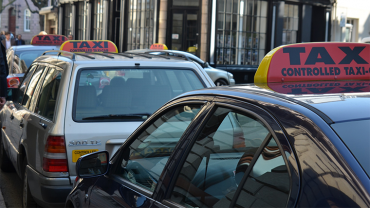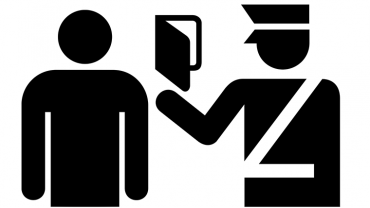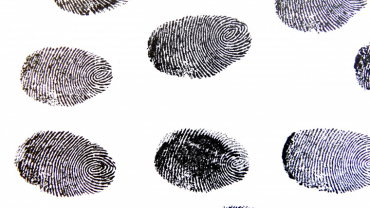There is a very wide range of situations in which you might be asked to prove who you are. Opening a bank account, applying for a job, applying for benefits – the list is endless. For young people who are still living at home with their parents or in student accommodation, proving their identity can be tricky, as their names aren’t on utility bills, and they’re unlikely to have credit card accounts either. This lack of official ID, especially something with a photo on it, can start to cause problems. So, if you’re in this situation, here’s our advice on the best way around the problem.
Provisional Driving Licence
If you don’t have a passport and are starting to struggle with providing official ID, the best starting point is to apply for your provisional driving licence. It doesn’t matter whether or not you’re actually learning to drive – the provisional licence is official government ID which will make life a lot easier. You can apply for a UK provisional driving licence with your birth certificate or student card, current address and birth certificate. Applying for your provisional online costs £34 at current rates and the application process is very straightforward.
Passport
The other option is to apply for a passport. This might be a better option if you are planning to travel abroad in the next few years and have no intention of learning to drive. However, getting a passport involves a lot more form filling, expense, and potentially hassle. The online application cost for an adult passport is £75.50 at current rates, more than double the cost of getting your provisional driving licence. If you have had a passport as a child, this will be treated as a renewal and usually passports take around three weeks to be issued. If you’ve never held a passport before, then you will probably be called to an interview at one of the passport centres around the UK. There’s no charge for booking the interview, but there will be additional costs in terms of travelling expenses and potentially loss of earnings if you need to take time off work.
Building a Financial History
The easiest way of building your own financial history is moving out of home or a house share and getting utility bills with your name on them. This is often not an option however, and there are lots of other things you can do too. The first thing is to make sure you are on the electoral register, either at home or your student accommodation. Open a student bank account and think about getting a credit card even if you are not intending to use it. The next time you upgrade your phone, take the contract out in your name and make sure the bills are settled on time, every month. Think about downloading an app such as ClearScore, which will show your current credit rating and give tips about what you can do to increase your score and give a bigger financial footprint.









